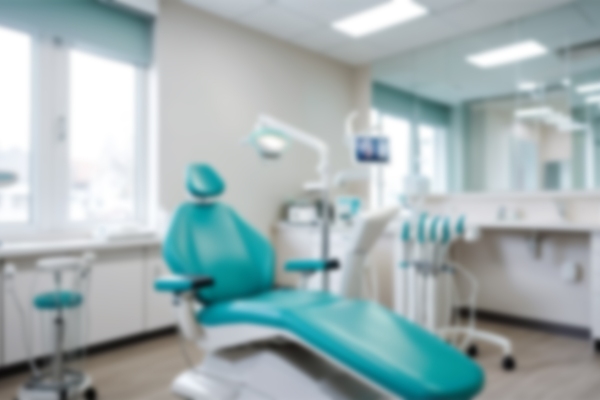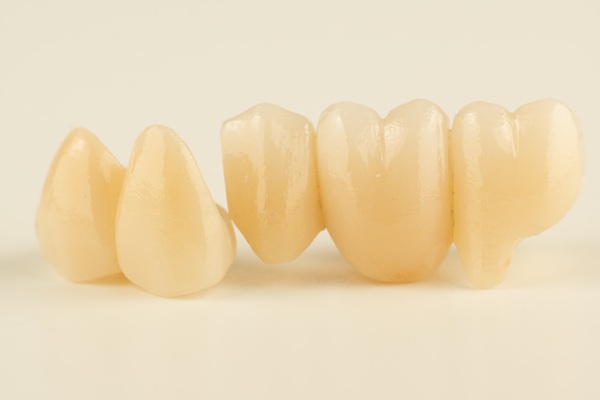 When it comes to straightening crooked teeth, Invisalign® for teens is an excellent option for many families. This system is appealing due to its numerous benefits:
When it comes to straightening crooked teeth, Invisalign® for teens is an excellent option for many families. This system is appealing due to its numerous benefits:
- Shorter treatment timelines
- Discreet appearance
- Less discomfort
- Fewer dietary restrictions
As with any type of alignment system, teenagers need guidance when managing the new responsibility of wearing and caring for Invisalign® trays. These tips can help new users achieve the most favorable outcome.
Teaching teens to care for aligner trays
A dental professional should provide all of the necessary training and information before beginning an alignment treatment. However, parents should also be informed about the methods and recommended practices to help teenagers stay on track during the treatment process.
1. Remember the rules for eating and drinking
One of the most convenient advantages of Invisalign® for teens is the freedom to eat and drink as usual. However, it is important to remove the aligner trays before doing so. When consuming anything other than plain water, the trays should be removed, rinsed and stored. Immediately after eating, the patient should thoroughly brush teeth, rinse the trays and then replace them in the mouth. Failure to properly clean teeth could result in tooth decay, gum irritation and stains on tooth surfaces or trays.
2. Follow the recommended daily use timeline
Even though clear aligners are removable, they must still be used a majority of the time. For optimum results, trays should be worn for a minimum of 20 to 22 hours a day. The devices should only be removed for eating and cleaning and must even be worn during sleep. Failure to follow these instructions can extend the treatment timeline and produce less desirable results.
3. Utilize the compliance indicators to stay accountable
When parents choose Invisalign® for teens, optional compliance indicators can be added to each device. This system utilizes discreet blue markings, which are not visible during use. However, these markings will change and disappear over time with the proper use and wear. This allows the dentist to ensure the patient is meeting the minimum time requirements. In addition, the indicators can help determine if adjustments need to be made.
4. Clean and store trays properly for improved appearance and function
While eating, drinking or conducting basic oral hygiene, aligner trays should be properly stored to prevent loss or damage. Placing trays in a designated case helps protect against accidental malformation or breakage. Every evening, the clear aligners should be carefully rinsed and brushed to stay clean and odor-free. To keep the devices clear, soak with the Invisalign® cleaning system to remove cloudy buildup and stains.
Check out what others are saying about our dental services on Yelp: Invisalign for Teens in San Francisco, CA.
Conclusion
Choosing Invisalign® for teens is an effective way of discreetly straightening teeth, often with less discomfort and a shorter treatment time. While the aligner trays are easy to remove and care for, it is still important for teens to follow the recommendations for use, cleaning and storage. This helps ensure optimum results when using this type of product.
Request an appointment or call Serenity Dental Spa at 415-376-6196 for an appointment in our San Francisco office.
Related Posts
Routine visits to a dental practice offer numerous benefits that go beyond simply keeping teeth clean. Staying on top of regular care helps prevent bigger issues down the road. Whether it is a basic checkup or specialized treatment, frequent visits to a dental practice can greatly contribute to better oral health and general well-being.Regular treatment…
A dental bridge can provide a stable, natural-looking solution when one or more teeth are missing and a full denture feels unnecessary or uncomfortable. This treatment supports neighboring teeth, restores bite function, and improves confidence in everyday interactions. A bridge also helps protect long-term oral health by preventing neighboring teeth from drifting out of place.…
Wisdom tooth extraction is a common dental procedure to remove the third molars. These teeth typically emerge between late adolescence and early adulthood. While some individuals experience no issues and keep their wisdom teeth, others encounter pain, infection, or misalignment as these teeth develop and begin to erupt. Knowing the signs that indicate the need…


